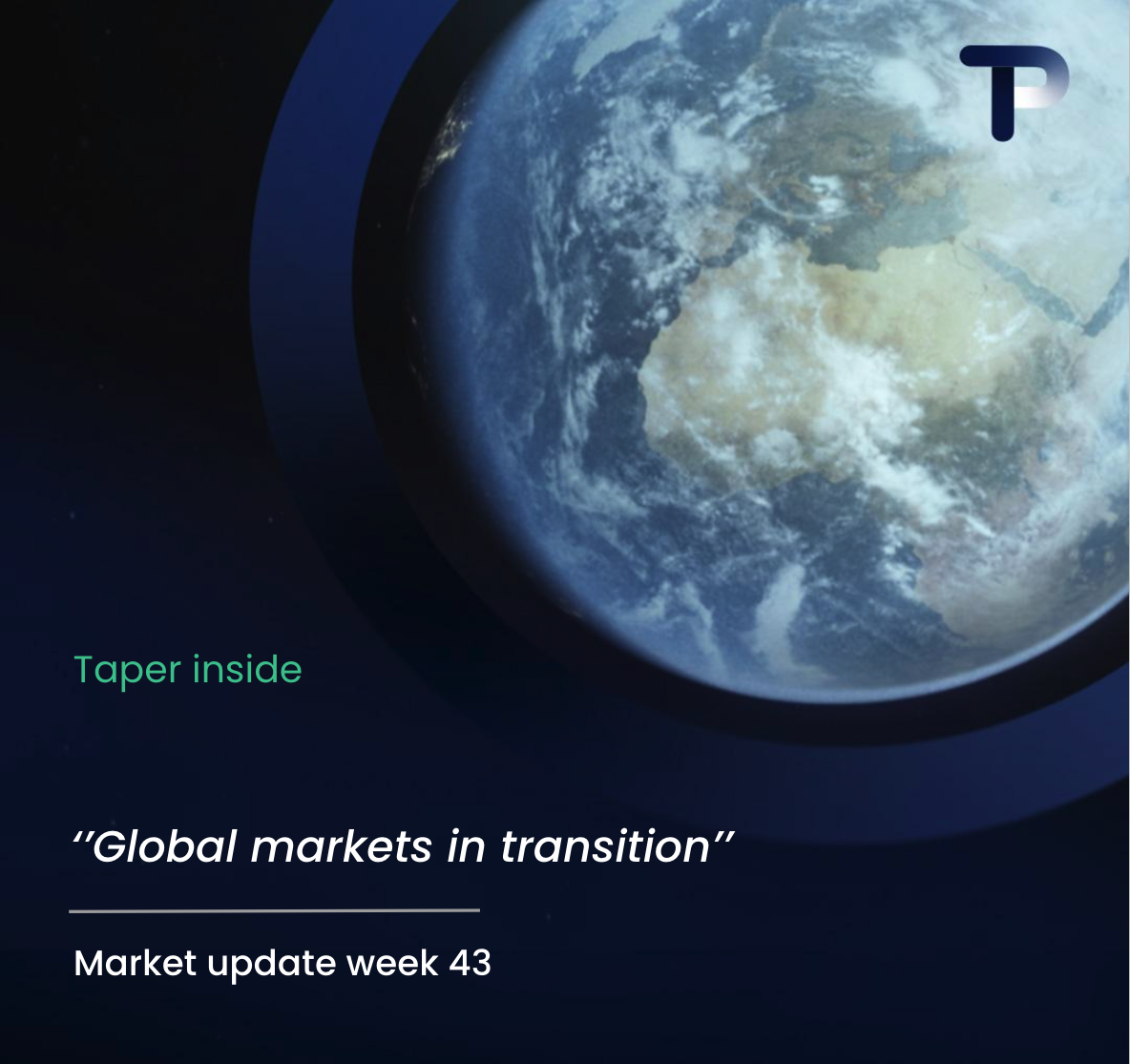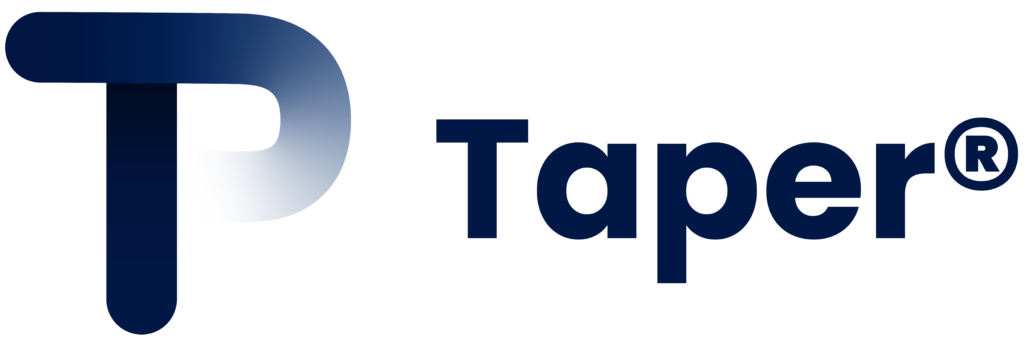Invoice financing and supply chain finance serve different purposes in business cash flow management. Invoice financing allows individual companies to sell their unpaid invoices to improve immediate cash flow, whilst supply chain finance optimises payment terms across entire supply networks through buyer-led programmes. The key difference lies in scope: invoice financing addresses single-company cash flow needs, whereas supply chain finance coordinates financial flows between multiple trading partners.
Understanding the fundamentals of invoice financing vs supply chain finance
Both financing methods tackle working capital challenges, but they operate at different levels of business relationships. Invoice financing provides immediate liquidity by converting outstanding receivables into cash, helping businesses bridge the gap between delivering goods or services and receiving payment.
Supply chain finance takes a broader approach by creating programmes that benefit entire trading networks. These solutions typically involve large buyers working with financial institutions to offer favourable payment terms to their suppliers, strengthening relationships whilst optimising cash flow across the supply chain.
The fundamental difference centres on relationship scope. Invoice financing works independently for single businesses, whilst supply chain finance requires coordination between buyers, suppliers, and financial providers. This distinction affects everything from implementation complexity to cost structures and operational benefits.
What is invoice financing and how does it work?
Invoice financing converts your unpaid customer invoices into immediate cash by selling them to a financial provider. You receive a percentage of the invoice value upfront, typically 80-90%, with the remainder paid once your customer settles the invoice, minus fees.
Two main types exist: factoring and invoice discounting. With factoring, the finance provider takes over your sales ledger management and collects payments directly from customers. Invoice discounting allows you to maintain customer relationships whilst using invoices as collateral for funding.
The process starts when you submit approved invoices to your financing provider. They advance funds within 24-48 hours, improving your cash flow immediately. When customers pay, the provider releases the remaining balance after deducting their fees, which typically range from 1-3% of invoice value.
This solution particularly benefits businesses with long payment terms, seasonal cash flow patterns, or rapid growth requiring working capital. Manufacturing, wholesale, and service companies often use invoice financing to maintain operations whilst waiting for customer payments.
What is supply chain finance and why do businesses use it?
Supply chain finance programmes enable suppliers to access early payment on their invoices at favourable rates, backed by their buyers’ stronger credit ratings. Large corporations establish these programmes to strengthen supplier relationships whilst optimising their own working capital.
The most common form, reverse factoring, works when buyers approve supplier invoices and offer early payment through a financial institution. Suppliers can choose to receive payment early at a discount rate based on the buyer’s credit rating, which is typically lower than rates they could access independently.
Technology platforms facilitate these arrangements by connecting buyers, suppliers, and banks through digital systems. These platforms automate invoice approval, payment processing, and reporting, making programmes scalable across hundreds of suppliers.
Buyers benefit through extended payment terms and stronger supplier relationships, whilst suppliers gain access to cost-effective financing and improved cash flow predictability. The collaborative nature creates value for all parties involved in the trading relationship.
How do the costs and benefits compare between these financing options?
Cost structures differ significantly between these financing methods. Invoice financing typically costs 1-3% of invoice value plus interest charges, with rates varying based on your credit rating, industry, and invoice quality. Supply chain finance often provides lower rates because it leverages the buyer’s stronger credit profile.
| Aspect | Invoice Financing | Supply Chain Finance |
|---|---|---|
| Cost Basis | Your credit rating | Buyer’s credit rating |
| Typical Rates | 2-20% annually | 1-8% annually |
| Setup Complexity | Low | High |
| Relationship Impact | Minimal | Strengthens partnerships |
Invoice financing provides immediate independence and flexibility, allowing you to access funding without involving customers. However, costs can be higher, especially for smaller businesses or those in riskier industries.
Supply chain finance offers potentially lower costs and strengthened business relationships, but requires buyer participation and longer setup times. The collaborative approach can lead to improved payment terms and enhanced supply chain stability.
Which financing solution is right for your business needs?
Choose invoice financing if you need immediate cash flow improvement without involving customers, have diverse client bases, or want simple implementation. This works well for growing businesses, seasonal operations, or companies with customers who prefer traditional payment relationships.
Supply chain finance suits businesses with strong relationships with large corporate buyers willing to participate in structured programmes. If you’re a supplier to major corporations, manufacturers, or government entities, these programmes often provide the most cost-effective financing.
Consider your business size, customer concentration, and relationship dynamics. Smaller businesses with varied customer bases typically benefit more from invoice financing’s flexibility. Larger suppliers with concentrated customer relationships often find supply chain finance more advantageous.
For international trading businesses, combining both approaches with multi-currency capabilities can optimise working capital management across different markets and customer relationships. We at Taper understand these complexities and offer flexible trade finance solutions alongside our international payments services to support your global growth ambitions.
Frequently Asked Questions
Can I switch from invoice financing to supply chain finance if my business relationships change?
Yes, you can transition between financing methods as your business evolves. However, supply chain finance requires your buyers to establish programmes with financial institutions, which can take 3-6 months to implement. Many businesses use invoice financing as a bridge solution whilst negotiating supply chain finance arrangements with key customers.
What happens if my customer disputes an invoice I've already financed?
With invoice financing, you typically remain liable for disputed invoices and may need to repay the advance if the dispute isn't resolved. Most providers require you to maintain a reserve fund to cover such situations. Supply chain finance programmes often have dispute resolution processes built into the platform, as buyers have already approved invoices before financing.
How do I convince large buyers to participate in supply chain finance programmes?
Focus on mutual benefits: extended payment terms for them, stronger supplier relationships, and supply chain stability. Present data showing how early payment discounts can reduce their procurement costs whilst improving your cash flow. Many large corporations already have programmes in place, so enquire with their procurement or finance teams about existing options.
Are there minimum invoice values or business sizes required for these financing options?
Invoice financing typically accepts invoices from £1,000 upwards, with some providers serving businesses with annual turnover as low as £100,000. Supply chain finance programmes usually require larger volumes and established trading relationships, often targeting suppliers with annual sales of £1 million or more to participating buyers.
What documentation and setup time should I expect for each financing type?
Invoice financing can be set up within 1-2 weeks, requiring basic financial statements, trade references, and sample invoices. Supply chain finance involves more complex setup taking 2-6 months, requiring buyer agreement, platform integration, legal documentation, and often system connectivity between all parties involved.
Can I use both financing methods simultaneously for different customers?
Yes, many businesses use hybrid approaches, applying supply chain finance for major corporate customers whilst using invoice financing for smaller or one-off clients. However, you'll need to ensure your financing agreements don't conflict and that you're not double-financing the same invoices across different platforms.
How do these financing options affect my credit rating and borrowing capacity?
Invoice financing typically appears as debt on your balance sheet and may impact your borrowing capacity with traditional lenders. Supply chain finance is often structured as off-balance-sheet financing, potentially preserving your credit lines. Both require disclosure to other lenders, but supply chain finance generally has less impact on your overall credit profile.



